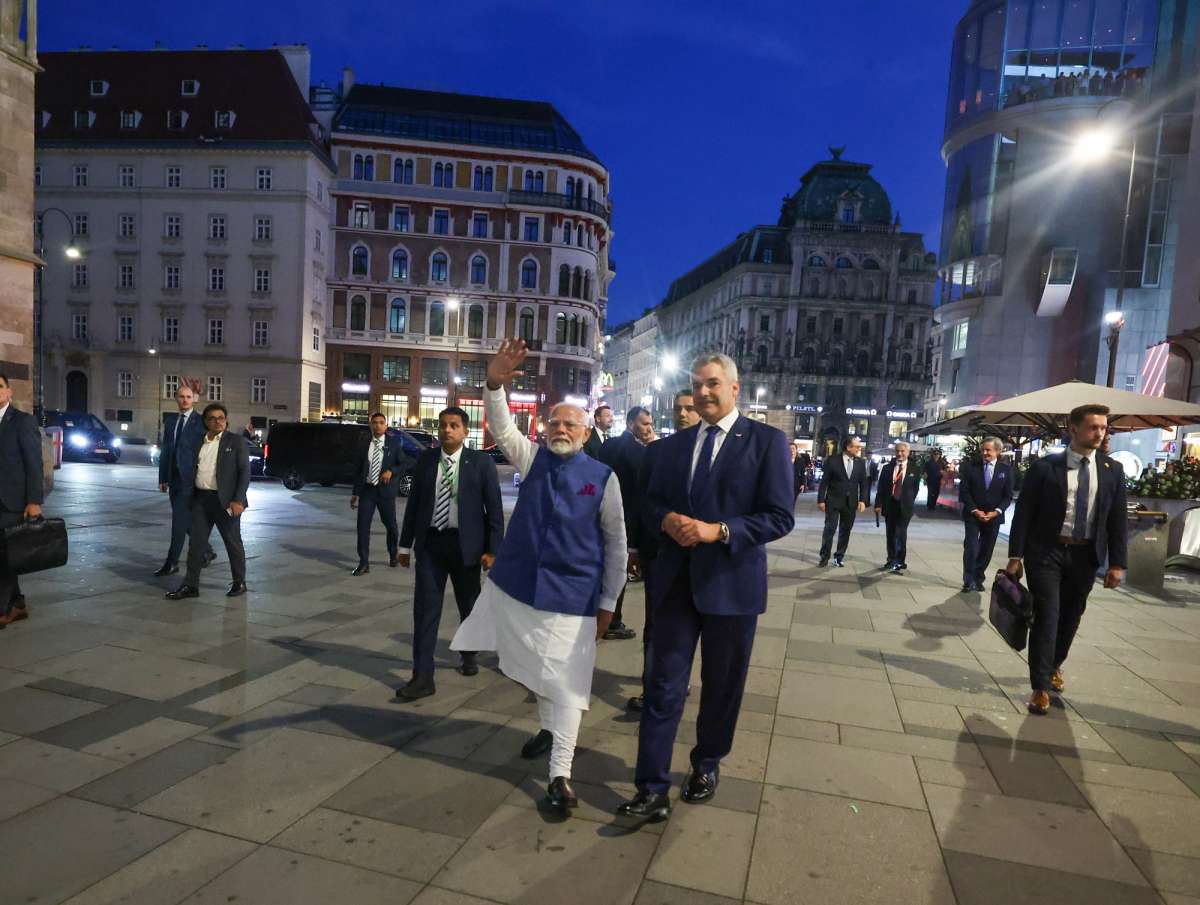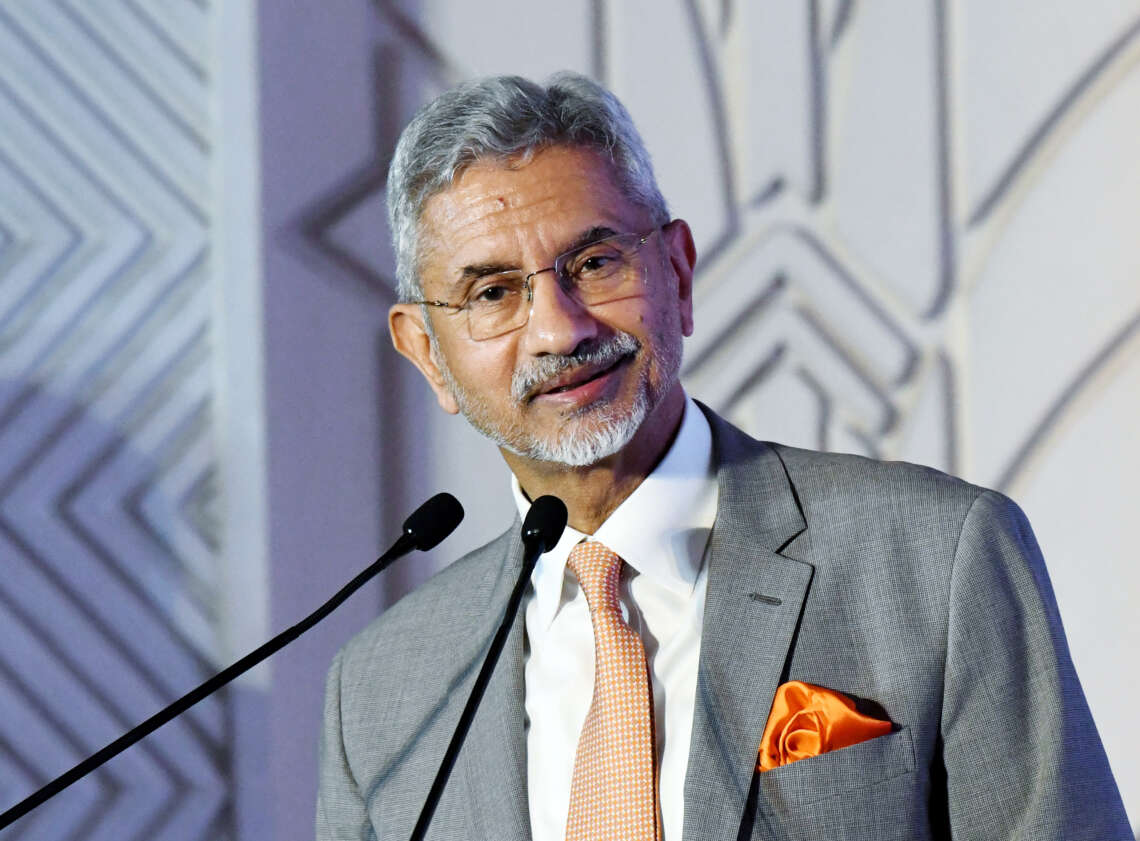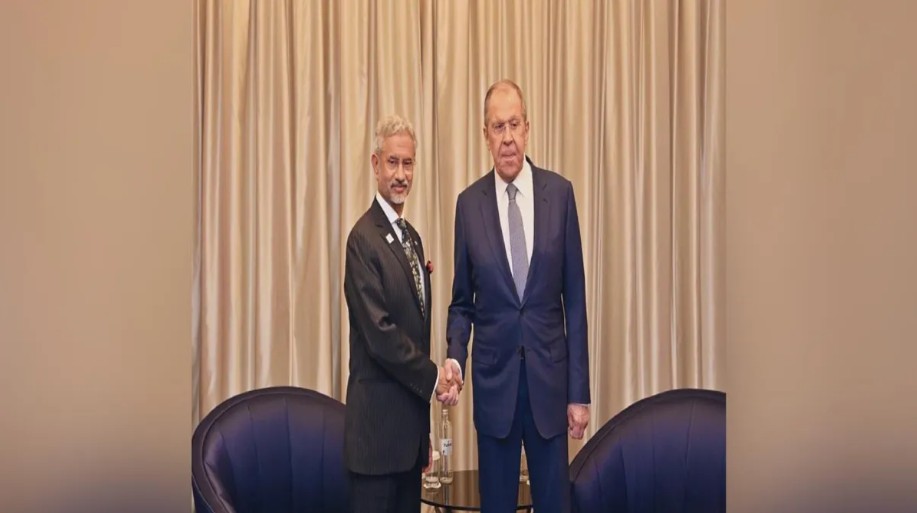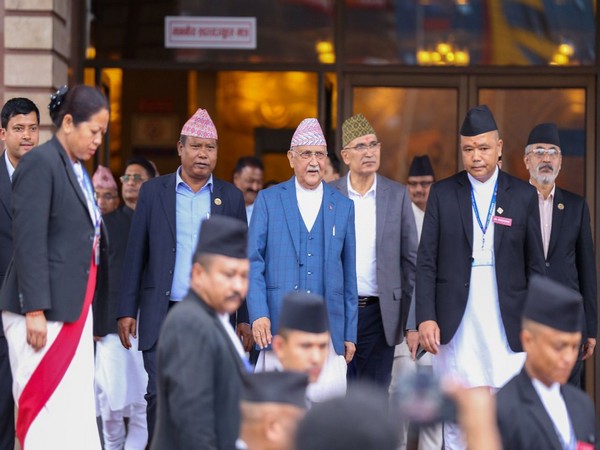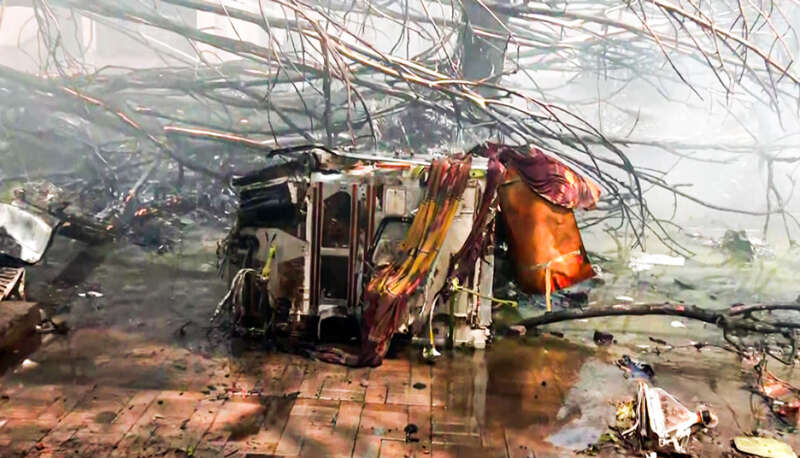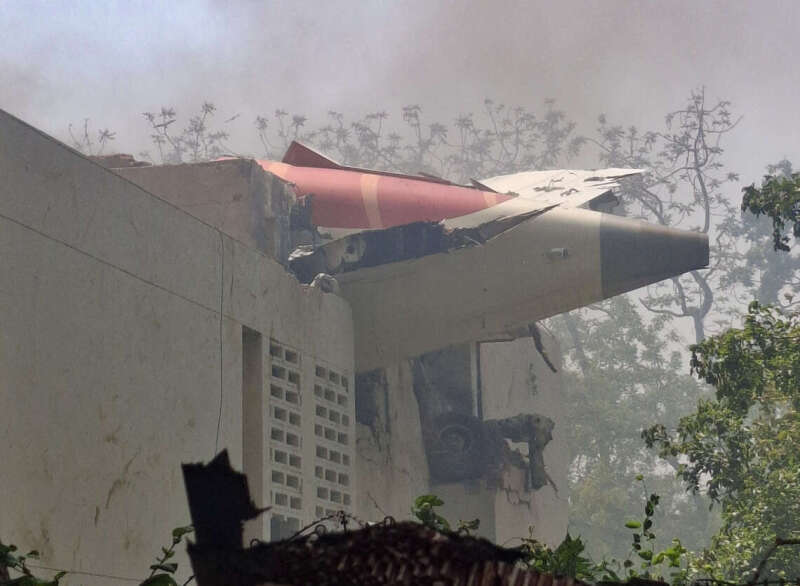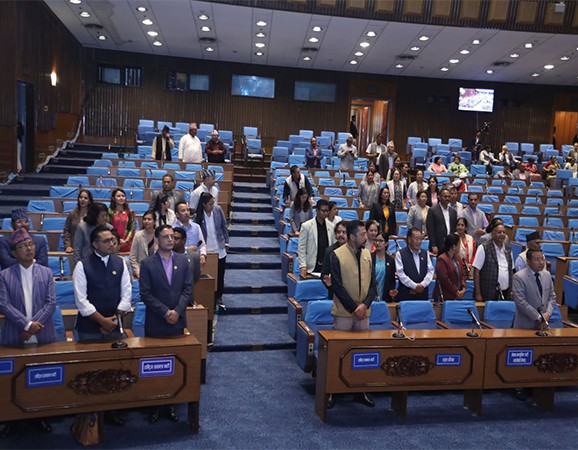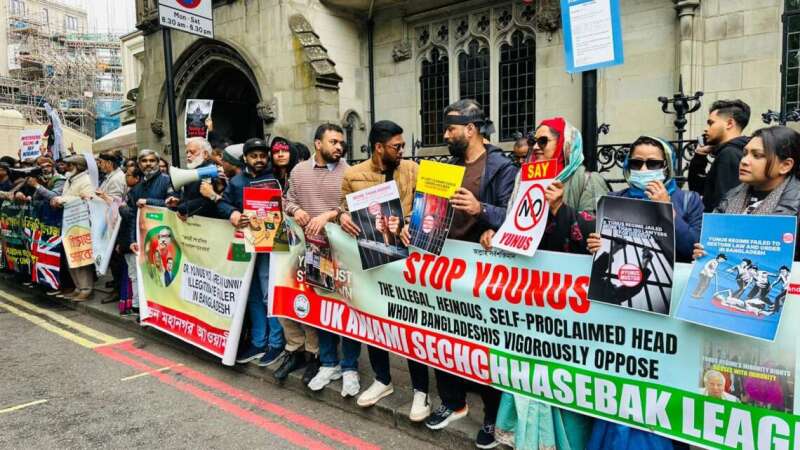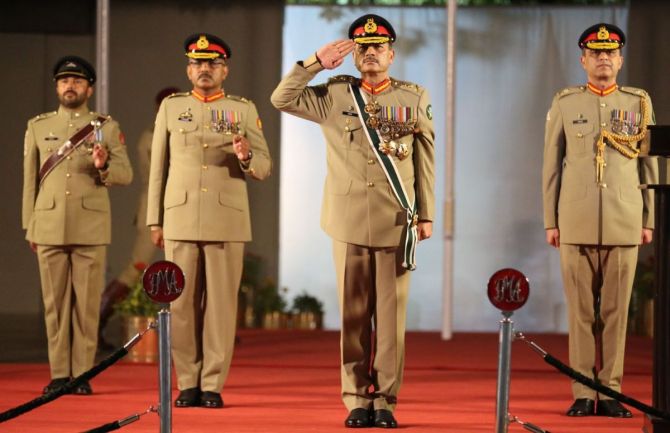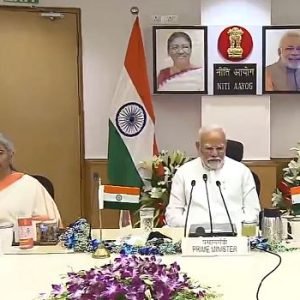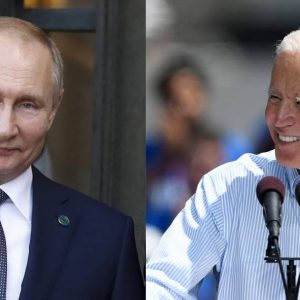Several NATO member states are unhappy with the world’s largest democracy for not following their euro-centric guidance, writes Prof. Madhav Das Nalapat

Visits overseas by the Prime Minister of the world’s most populous democracy, which is also prominent within the Global South as well as has the highest growth rate of any major country, are carefully thought out beforehand. Many have wondered why Prime Minister Narendra Modi went to Austria after his Russia visit.
The first is a country firmly anchored in the West, although its founding principles imply a neutrality between Russia and the West. Joining NATO would be a clear breach of such a principle, which goes to explain why Austria is not a member of NATO while joining the European Union on 1 January 1995.
Having been excluded from the EU from the start, despite seeking to be a member since the Gorbachev years (1985-1991) as well as the post-USSR years when Boris Yeltsin was President of the successor Russian Federation (1991-1999). Interestingly, even Yeltsin’s successor Vladimir Putin sought entry into the EU, which would have meant the expansion of that bloc to the eastern peripheries of Asia, and of its coverage to practically the whole of Europe and half the land area of Asia.
However, the Franco-German alliance was opposed to the entry of the Russian Federation into the EU, as that would have displaced the alliance as the centre of gravity of EU policy. As for the UK, Neville Chamberlain was not the only British politician to dislike Russia, for a dislike of that country lies deep within the British psyche, and the UK joined with others in Europe who opposed the entry of Russia into the EU.
The list of Altanticist countries opposed to the entry of the Russian Federation into the EU includes the US, the President of which, Bill Clinton, after the collapse of the USSR sought to de-industrialise Russia and to denude the country of much of its top tier technical talent, which was shared between Washington and Beijing, with the PRC joining the US in managing a flow of technical talent from Russia into China through generous paycheques.

The intention behind both was to so denude Russia of its advanced technological capabilities that the Russian Federation would never be able to again pose a serious challenge to the PRC or the US. To this day, the effects of such a denudation are being felt in Russia, although during the past fifteen years, some scientists and technologists have returned to Russia, partly because both the US as well as China have been able to build their own cadre of such talent.
In contrast to the PRC and to the US, New Delhi never faltered on its support to Moscow, even going as far as to give the Russian Federation a bonanza by paying back Soviet-era loans during the 1990s at a much higher rate for the rouble than was the case at the time, when the rouble was almost worthless as a currency. Other debtor nations of the USSR either repudiated such debt as the USSR had collapsed in 1991, or paid back debts at the prevailing derisory value of the rouble.
Despite such a history of steadfastness in friendship with Russia, the PRC has been seeking to undermine confidence in India within the Kremlin by claiming that “India has forgotten Russia now that the US is so friendly” to the world’s largest democracy. A close personal relationship based on mutual respect for each other and mutual trust between Prime Minister Modi and President Putin ensured that such misinformation was politely listened to but unheeded.
The warmth of the meeting on 9 July between Putin and Modi showed that the friendship between not just the two leaders but the two countries remained on a firm track. Visiting Austria immediately after Russia showed that India remains close to the West despite its closeness with Russia.
As far as Moscow is concerned, just as India has always shown its reliability as a partner in times bad and good, a way of ensuring that trade between Russia and India could be carried out in roubles and rupees. Apart from the fact that the rupee is exchangeable for other currencies in several countries, India is an attractive destination for investment in Russia in several fields, including in making goods which can be sold to other countries by making use of the rising number of linkages between India and the rest of the world that have been built during the past decade.

Whether it be in pharma or in several other items, buying from India would ensure lower prices and better quality than buying the same items from China. The objective needs to be convertibility between the rouble and the rupee in Russia and India for a greater and greater proportion of the trade between the two countries to be in each other’s currency.
Along with the US and China, India and Russia form the quartet of Great Powers. President Putin is his own master and puts Russia first, just as Prime Minister Modi puts India first, hence Putin is strong enough to resist pressure from Xi Jinping to not switch over to trade in roubles and rupees. Xi wants it to be in RMB yuan as his currency would be strengthened thereby.
Given that bank after bank in China has collapsed under the weight of bad loans and been amalgamated into other banks, the RMB yuan itself is at risk of undergoing a significant devaluation. Hence a shift to rupees would be a better option than switching to RMB as suggested by Xi, which is unacceptable to India.
NATO has yet to adjust to the geopolitical realities of the present. European members of NATO that used to have empires in Asia a century ago consider it their right, indeed their duty, to lead Asian countries not in the direction best for themselves but on the path prescribed by NATO, paths that are often disastrous to not just their own interests within the Atlanticist community but to the rest of the world as well.
Several of the key policymakers in the Biden administration, barring the Department of Defence, have overwhelmingly have in the past confined their overseas travel to crossing the Atlantic and returning. Small wonder that they have a Euro fixation on Russia as a threat, which perception has become a reality brought back by their own actions. Japan and South Korea have been dragged by the Biden administration into following in the path of the Atlanticist powers, and both are paying a substantial price for such a move.
South Korea is watching as North Korea gets a boost from Russia and China covertly for its nuclear and space program. Despite protestations to the contrary, it is certain that Iran is developing nuclear weapons capability at speed, with the clerics aware that only such a capability would give Iran protection from an all-out assault by Israel, a formidable nuclear weapons power with an advanced defence manufacturing system.
NATO member states have failed in all the wars that they have conducted in Asia, including Vietnam and Afghanistan. It is obvious that Libya, Syria and Iraq have been left in shambles after kinetic intervention by key members of NATO such as the US, France and the UK. Each country is averse to the presence of Atlanticist troops on its territory and wants them out.
Prime Minister Modi has kept India away from such Cold War 1.0 style entanglements, which is why several NATO member states are unhappy with the world’s largest democracy. Sometime in the future, US policymakers in particular will understand that Asia is not Europe, and needs to be looked at through an Indo-Pacific and not an Atlanticist prism.
Expanding NATO into Asia and making it the core of Indo-Pacific defence makes no sense, for Asian countries primarily, not European, need to concert in the Indo-Pacific. Signs of such a change are visible, even within the Biden administration, that the realisation has begun to sink in that now is the era of Cold War 2.0. Perhaps such signs will be on display at the next Quad summit and during the Malabar exercises.
Visits overseas by the Prime Minister of the world’s most populous democracy, which is also prominent within the Global South as well as has the highest growth rate of any major country, are carefully thought out beforehand. Many have wondered why Prime Minister Narendra Modi went to Austria after his Russia visit.
The first is a country firmly anchored in the West, although its founding principles imply a neutrality between Russia and the West. Joining NATO would be a clear breach of such a principle, which goes to explain why Austria is not a member of NATO while joining the European Union on 1 January 1995.
Having been excluded from the EU from the start, despite seeking to be a member since the Gorbachev years (1985-1991) as well as the post-USSR years when Boris Yeltsin was President of the successor Russian Federation (1991-1999). Interestingly, even Yeltsin’s successor Vladimir Putin sought entry into the EU, which would have meant the expansion of that bloc to the eastern peripheries of Asia, and of its coverage to practically the whole of Europe and half the land area of Asia.
However, the Franco-German alliance was opposed to the entry of the Russian Federation into the EU, as that would have displaced the alliance as the centre of gravity of EU policy. As for the UK, Neville Chamberlain was not the only British politician to dislike Russia, for a dislike of that country lies deep within the British psyche, and the UK joined with others in Europe who opposed the entry of Russia into the EU.
The list of Altanticist countries opposed to the entry of the Russian Federation into the EU includes the US, the President of which, Bill Clinton, after the collapse of the USSR sought to de-industrialise Russia and to denude the country of much of its top tier technical talent, which was shared between Washington and Beijing, with the PRC joining the US in managing a flow of technical talent from Russia into China through generous paycheques.
The intention behind both was to so denude Russia of its advanced technological capabilities that the Russian Federation would never be able to again pose a serious challenge to the PRC or the US. To this day, the effects of such a denudation are being felt in Russia, although during the past fifteen years, some scientists and technologists have returned to Russia, partly because both the US as well as China have been able to build their own cadre of such talent.
In contrast to the PRC and to the US, New Delhi never faltered on its support to Moscow, even going as far as to give the Russian Federation a bonanza by paying back Soviet-era loans during the 1990s at a much higher rate for the rouble than was the case at the time, when the rouble was almost worthless as a currency. Other debtor nations of the USSR either repudiated such debt as the USSR had collapsed in 1991, or paid back debts at the prevailing derisory value of the rouble.
Despite such a history of steadfastness in friendship with Russia, the PRC has been seeking to undermine confidence in India within the Kremlin by claiming that “India has forgotten Russia now that the US is so friendly” to the world’s largest democracy. A close personal relationship based on mutual respect for each other and mutual trust between Prime Minister Modi and President Putin ensured that such misinformation was politely listened to but unheeded.
The warmth of the meeting on 9 July between Putin and Modi showed that the friendship between not just the two leaders but the two countries remained on a firm track. Visiting Austria immediately after Russia showed that India remains close to the West despite its closeness with Russia.
As far as Moscow is concerned, just as India has always shown its reliability as a partner in times bad and good, a way of ensuring that trade between Russia and India could be carried out in roubles and rupees. Apart from the fact that the rupee is exchangeable for other currencies in several countries, India is an attractive destination for investment in Russia in several fields, including in making goods which can be sold to other countries by making use of the rising number of linkages between India and the rest of the world that have been built during the past decade.
Whether it be in pharma or in several other items, buying from India would ensure lower prices and better quality than buying the same items from China. The objective needs to be convertibility between the rouble and the rupee in Russia and India for a greater and greater proportion of the trade between the two countries to be in each other’s currency.
Along with the US and China, India and Russia form the quartet of Great Powers. President Putin is his own master and puts Russia first, just as Prime Minister Modi puts India first, hence Putin is strong enough to resist pressure from Xi Jinping to not switch over to trade in roubles and rupees. Xi wants it to be in RMB yuan as his currency would be strengthened thereby.
Given that bank after bank in China has collapsed under the weight of bad loans and been amalgamated into other banks, the RMB yuan itself is at risk of undergoing a significant devaluation. Hence a shift to rupees would be a better option than switching to RMB as suggested by Xi, which is unacceptable to India.
NATO has yet to adjust to the geopolitical realities of the present. European members of NATO that used to have empires in Asia a century ago consider it their right, indeed their duty, to lead Asian countries not in the direction best for themselves but on the path prescribed by NATO, paths that are often disastrous to not just their own interests within the Atlanticist community but to the rest of the world as well.

Several of the key policymakers in the Biden administration, barring the Department of Defence, have overwhelmingly have in the past confined their overseas travel to crossing the Atlantic and returning. Small wonder that they have a Euro fixation on Russia as a threat, which perception has become a reality brought back by their own actions. Japan and South Korea have been dragged by the Biden administration into following in the path of the Atlanticist powers, and both are paying a substantial price for such a move.
South Korea is watching as North Korea gets a boost from Russia and China covertly for its nuclear and space program. Despite protestations to the contrary, it is certain that Iran is developing nuclear weapons capability at speed, with the clerics aware that only such a capability would give Iran protection from an all-out assault by Israel, a formidable nuclear weapons power with an advanced defence manufacturing system.
NATO member states have failed in all the wars that they have conducted in Asia, including Vietnam and Afghanistan. It is obvious that Libya, Syria and Iraq have been left in shambles after kinetic intervention by key members of NATO such as the US, France and the UK. Each country is averse to the presence of Atlanticist troops on its territory and wants them out.
Prime Minister Modi has kept India away from such Cold War 1.0 style entanglements, which is why several NATO member states are unhappy with the world’s largest democracy. Sometime in the future, US policymakers in particular will understand that Asia is not Europe, and needs to be looked at through an Indo-Pacific and not an Atlanticist prism.
Expanding NATO into Asia and making it the core of Indo-Pacific defence makes no sense, for Asian countries primarily, not European, need to concert in the Indo-Pacific. Signs of such a change are visible, even within the Biden administration, that the realisation has begun to sink in that now is the era of Cold War 2.0. Perhaps such signs will be on display at the next Quad summit and during the Malabar exercises.
ALSO READ-Priyanka slams Modi govt after attack on CRPF in Manipur


